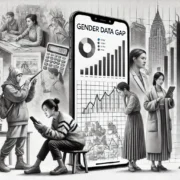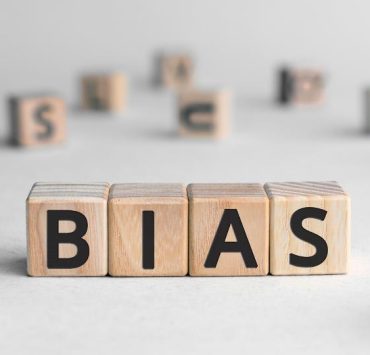For women in leadership, especially those who belong to underrepresented groups, the road can be fraught with unique challenges. As we explore the concept of intersectionality in leadership, we delve into the intricate tapestry of identities that shape each leader’s experience. It is a journey that requires us to recognize and celebrate the diverse perspectives and voices of women in leadership, as we strive for a more equitable future.
Understanding Intersectionality: A Multifaceted Perspective
To grasp the essence of intersectionality in leadership, we must first understand the term itself. Intersectionality is the recognition that individuals hold multiple identities, such as gender, race, ethnicity, sexual orientation, and more, and that these identities intersect to create unique experiences and challenges. In the context of women in leadership, it means acknowledging that the path to success is not one-size-fits-all. A woman’s experience is profoundly shaped by the interplay of her various identities.
The Power of Inclusivity
Embracing intersectionality in leadership means fostering inclusivity. It requires leaders to recognize that diversity is not just a box to check but an asset to leverage. Inclusive leadership invites perspectives from all corners of the room, making better decisions and driving innovation. It’s about more than just inviting diverse voices to the table; it’s actively listening, valuing, and incorporating those voices into the fabric of the organization.
Overcoming Stereotypes and Bias
Stereotypes and biases can be formidable barriers for women in leadership, especially those from underrepresented backgrounds. These preconceived notions can limit opportunities and hinder career progression. By acknowledging the impact of intersectionality, leaders can confront these biases head-on. Encouraging education and awareness within organizations helps create environments where women can rise above stereotypes and reach their full potential.
Mentorship and Sponsorship
Mentorship and sponsorship programs are invaluable tools for advancing the rights of underrepresented women in leadership. Effective mentors and sponsors recognize the unique challenges faced by their mentees and proteges and offer guidance tailored to their experiences. By connecting with women who understand their intersectional identities, aspiring leaders can gain valuable insights and support.
Building Bridges, Not Barriers
Intersectionality in leadership requires us to build bridges instead of barriers. Women from underrepresented backgrounds often face isolation within their organizations. Creating affinity groups, networking opportunities, and mentorship circles can help women connect with peers who share similar experiences. These connections foster a sense of belonging and empowerment, enabling women to break through barriers and ascend to leadership positions.
Organizational Policies and Accountability
Leadership is not just an individual journey; it’s also influenced by the organizational culture. To advance the rights of underrepresented women, companies must implement policies that promote diversity and inclusion. This includes fair recruitment practices, pay equity, and transparent promotion processes. Furthermore, holding leaders accountable for creating and maintaining inclusive environments is crucial to effecting real change.
Intersectionality in leadership is a powerful concept that empowers underrepresented women to break through barriers and reach their full potential. It calls upon us to recognize the multifaceted nature of identity and to celebrate the diversity of experiences within our organizations. By fostering inclusivity, challenging stereotypes and bias, providing mentorship and sponsorship, building bridges, and implementing inclusive policies, we can pave the way for a brighter and more equitable future for women in leadership.
As we look ahead, let us remember that true progress lies in embracing the richness of our differences. Let us champion intersectionality in leadership, not as an abstract concept but as a lived reality that transforms the way we lead, collaborate, and create change.






